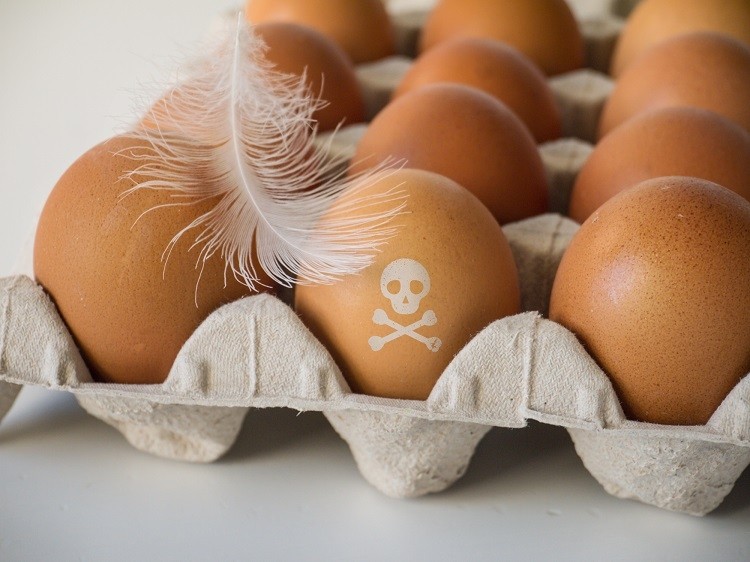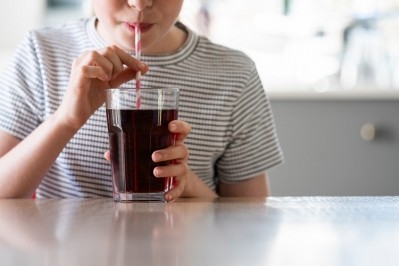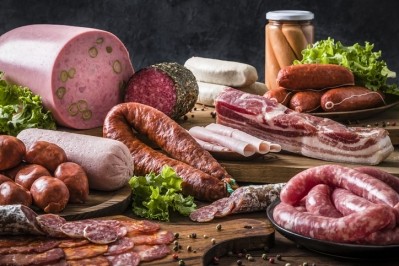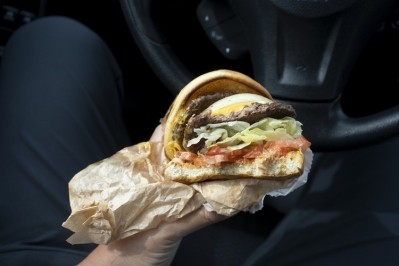Children at risk as ‘forever chemicals’ PFAS identified in organic eggs

Defined as fluorinated substances, PFAS (per- and polyfluoroalkyl substances) do not degrade in the environment. Instead, the group of 4,700 man-made chemicals bioaccumulate in the environment, awarding PFAS another term: ‘forever chemicals’.
While some are suspected of causing or promoting cancers and being endocrine disruptors, on the whole, ingestion of PFAS is not thought to make you acutely ill.
“But if you consume too big amounts for many years, the immune system can be adversely affected – e.g., by impairing the effect of childhood vaccinations, increasing cholesterol levels in the blood, and reducing birth weight,” according to associate professor Kit Granby from the DTU National Food Institute.
This is of particular concern in Denmark, where researchers have identified the environmental contaminant in organic egg yolks. Children who eat many organic eggs are thought to be amongst the most at risk.
Fishmeal contamination
In a study carried out by the DTU National Food Institute in collaboration with the Danish Veterinary and Food Administration (available in Danish here), researchers found PFAS in organic eggs, while observing lower levels in eggs from free-range, barn and battery hens.
It is suspected the substances were transferred from the fishmeal included in the hens’ feed, because uniform concentrations and compositions of PFAS compounds was identified across large chicken flocks that consume organic feed.
PFAS are thought to bind to the protein in the yolk, before being eaten by consumers. Just as so-called forever chemicals accumulate in the environment, when PFAS are consumed by humans, it can take three to seven years before the substance concentration is halved.
But how did the fishmeal become contaminated with PFAS in the first place?
It all comes down to the raw materials in the feed, explained the associate professor, whether that be from the caught fish – for example, European sprat or sand lance – or from side streams from the aquaculture or fishing industry.
“The ocean and the seafood are polluted by atmospheric deposition of PFAS, which will contaminate fish. Higher concentrations occur in liver and blood, but PFAS also binds to proteins and accumulates in fish fillets,” she told FoodNavigator.
‘Risk is noticeable’ for kids who eat many organic eggs
The DTU National Food Institute is particularly concerned about the potential health risk of PFAS amongst children, stressing that especially children aged four to nine years, who eat more than 2.5 organic eggs per week, are at risk.
According to the European Food Safety Authority (EFSA), the tolerable weekly intake of the sum of four specific PFAS (PFOA, PFNA, PFHxS and PFOS) is set at 4.4 nanograms per kilogram of body weight.
For children who eat five to six organic eggs per week, the intake could be as much as 10 nanograms per kilogram of body weight per week. Levels could additionally be increased by PFAS exposure from other foods and sources in Denmark, all of which contribute to the total intake.
“When children are at risk of being exposed to more than twice as much PFAS solely from eggs as the amount that is the limit for a safe intake, the risk is noticeable,” said Granby. “Especially when the intake for all age groups is close to the limit of what EFSA assesses as safe.”
Maximum levels in whole eggs for the four PFAS and the sum of them was introduced by the EU on 1 January 2023, which DTU pointed out means that food items sold before that date might exceed the new maximum levels.
“It is expected that the EU will later introduce maximum levels in feed, as it has been implemented for other environmental pollutants,” noted the institute.
Earlier this month, the national authorities of Denmark, the Netherlands, Norway, Sweden, and Germany – in participation with the Federal Institute for Risk Assessment (BfR) – submitted a restriction proposal to the European Chemicals Agency (ECHA) in order to restrict the use of PFAS in almost all uses across the bloc.
The solution to contaminated eggs? ‘Cleaner feed’
While when PFAS are consumed by humans it can take between three to seven years before the substance concentration is halved, in eggs, this timeframe is reduced.
It takes four to seven days before ‘forever chemicals’ perfluorooctanoic acid (PFOA), perfluorooctane sulfonic acid (PFOS), and perfluorohexanesulfonic acid (PHxS) in eggs – from hens that have consumed contaminated feed – are halved.
DTU National Food Institute believes this issue can be solved with a ‘cleaner’ feed, Granby told this publication. “A cleaner feed ingredient in feed for egg-laying hens would result in effective mitigation of PFAS in organic eggs within one to two weeks.”
Danish feed producers for egg-laying hens have already announced they will immediately stop using fishmeal in feed for egg-laying hens.
“Also, the minister of environment Magnus Heunicke [has announced] they will work on an action plan for protecting the environment and the population from PFAS, and also cooperate with other EU countries on strategies to reduce PFAS.”
























